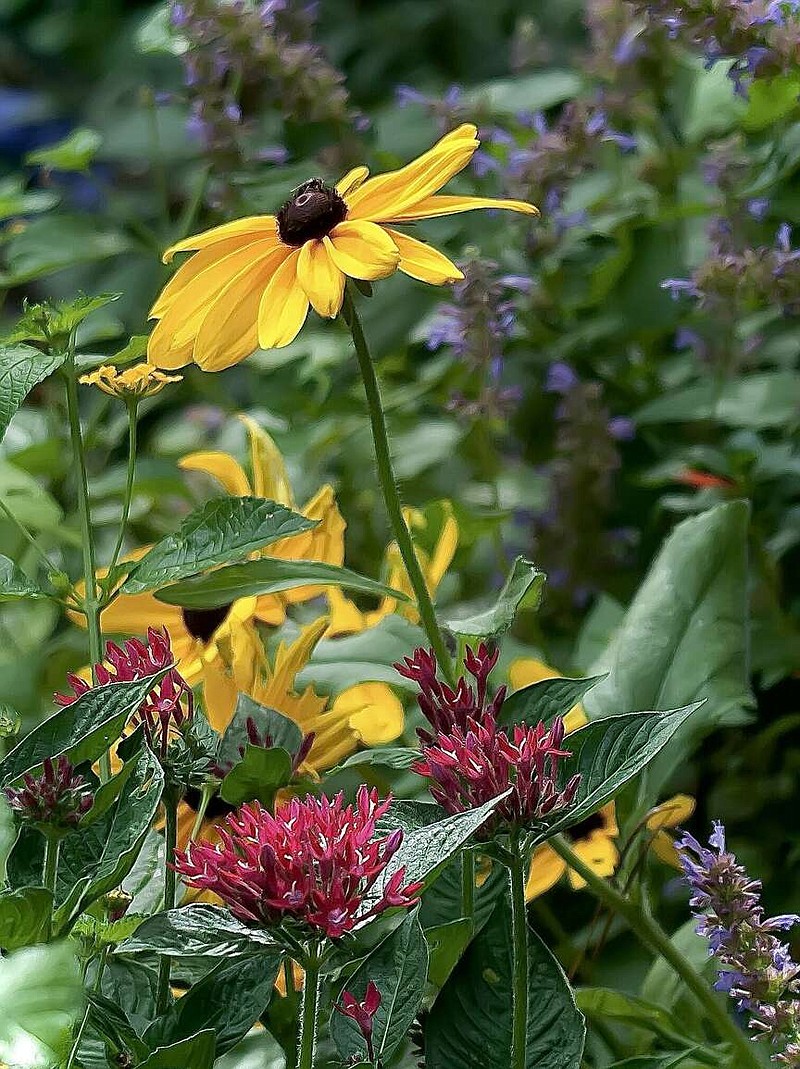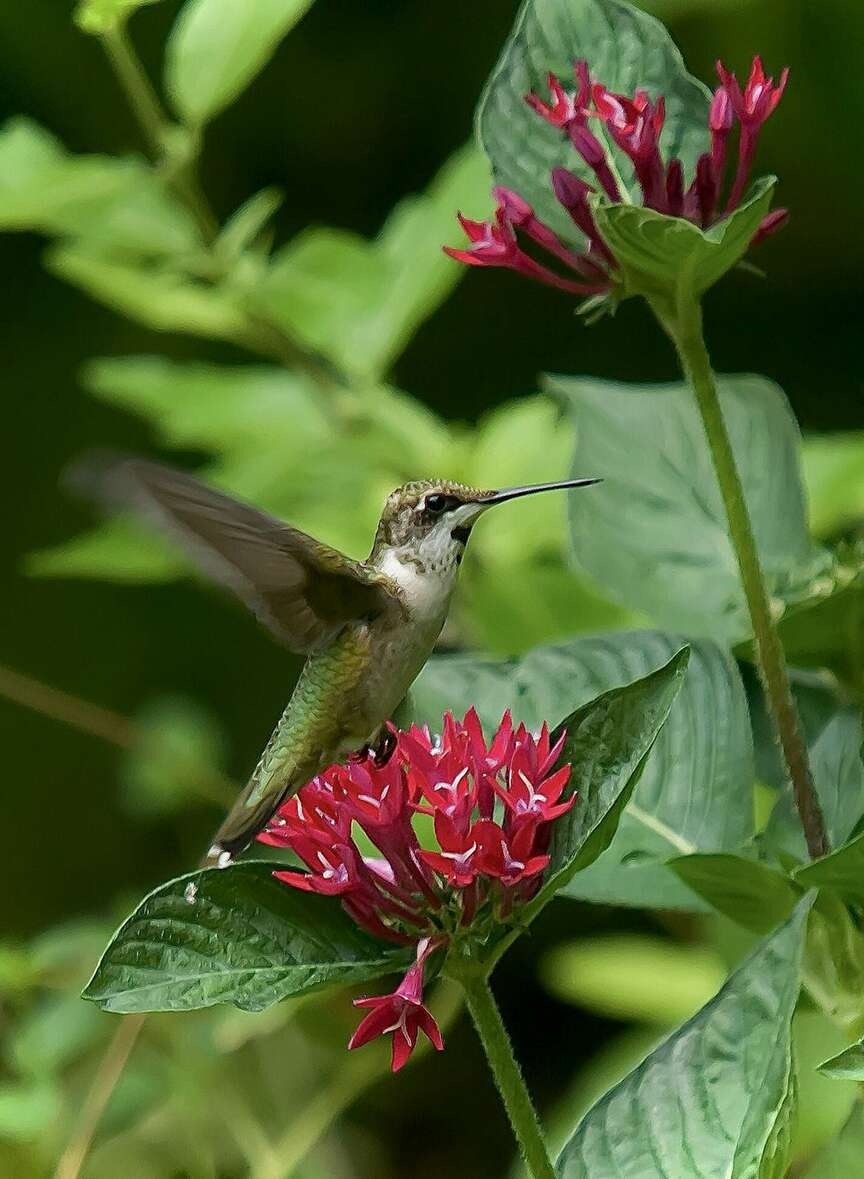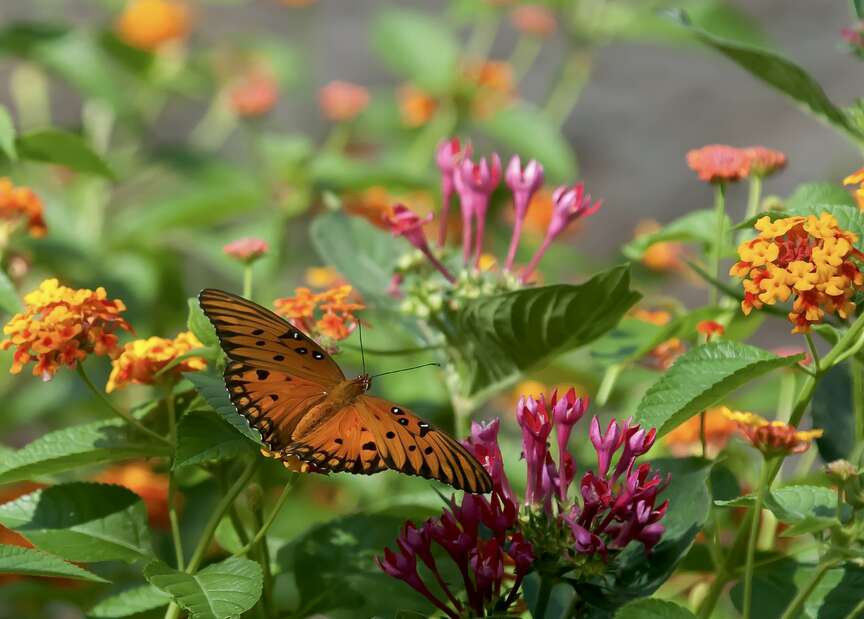The early spring, at least in the South, has everyone drooling for new plants. The supply chain from producer to garden center somehow pulled off a miracle, and the supply has never looked better. The Garden Guy wants to urge everyone to also incorporate those flowers that will still be rocking come the hottest days of summer, which is usually August, and Sunstar pentas are among the best. The butterflies and hummingbirds will be ever so grateful.
Pentas, also called Egyptian star clusters, originate in Arabia and East Africa and are related to Ixora, and our beloved gardenia. The leaves are shiny and attractive, making for a great contrast with the star-shaped colorful blossoms. In fact, the name pentas comes from the Latin word for five because of the five floral petals.
In 2020, the Sunstar pentas series made their debut and have piled up more than 60 awards. These are Top Performers and the treasured Perfect Score Awards. And there are the elusive Flame Proof Awards from the Dallas Arboretum. These awards tell you right off you will be in the flower business until frost and feeding pollinators until the last hummingbird heads south.
There are four colors in the Sunstar series: red, pink, rose and lavender. They all get about 18 to 22 inches tall with around a 24-inch spread. They really perform best in fertile, well-drained soil in full sun. Prepare the bed by incorporating 3 to 4 inches of organic matter, and till to a depth of 8 to 10 inches. While tilling, incorporate 2 pounds of a slow-release, 12-6-6 fertilizer.
No matter where you stand at my house, most would say I am a little sun-challenged. That being said, my available sunlight seems to be just enough to give me beautiful flowers all summer.
Sunstar pentas are among the most carefree plants when it comes to maintenance. Making sure they have needed water is about all there is. The book says pentas like a pH close to 7, but my slightly acidic soil condition has not proved detrimental.
If you grow azaleas, camellias or blueberries with ease, you might consider adding lime to your pentas' planting area. While preparing the soil, add 5 pounds of a pelletized lime per 100 square feet in sandy soil, or 10 pounds in a clay-based soil.
When I post photos on Facebook, some followers always respond by asking if my plants are in containers or in the ground. For some reason my Sunstar pentas are always in the ground. They would definitely work in containers, but I am prone to put them in pollinator gardens with Luscious lantanas, Indian Summer or Prairie Sun rudbeckia, Color Coded coneflowers and various agastache.
Everything about the Sunstar series of pentas makes you think they would also look incredible in a tropical setting with bananas, elephant ears and cordyline or Hawaiian Ti. You would be oh so right and will imagine the distant sounds of steel drums.
One of the best traits I have discovered is deer resistance. I have been growing Sunstar pentas in a bed frequented by deer, and they have not been touched as of yet. I realize I probably just jinxed myself, but so far, I am blissfully happy. You will be too if you add Sunstar pentas to this year's garden.
Norman Winter is a horticulturist, garden speaker and author of "Tough-as-Nails Flowers for the South" and "Captivating Combinations: Color and Style in the Garden." Follow him on Facebook: NormanWinterTheGardenGuy.



